Restrictions on TV and online advertising of HFSS products are imminent, with the potential to do ‘huge damage’. So what are brands doing to stay visible to shoppers?
In 1996, Cadbury became the first sponsor of Coronation Street. In one fell swoop, it became synonymous with the soap – the chocolate ‘street’ became iconic in itself – and reached millions of regular viewers. It’s just one example of a successful, high-profile campaign that wouldn’t get the green light today.
From autumn 2022, high fat, salt and sugar (HFSS) brands will no longer be able to advertise on TV before the watershed, and will also face hefty restrictions on online ads and in-store promotions.
It’s a hotly contested part of Boris Johnson’s obesity clampdown – and one that could cause serious upheaval. “The HFSS ban goes a lot further than we envisioned and has potential to rock the UK advertising industry to its core,” says Justine O’Neill, senior director at marketing data consultants Analytic Partners.
How concerned is the advertising industry? “In short, very!” says Christie Dennehy-Neil, head of policy and regulatory affairs, IAB UK. “Despite the caveats, this ban stands to be hugely damaging,” she says.
These ads of years gone by will no longer be pre-watershed viewing
HFSS brands aren’t exactly thrilled, either. The restrictions will “undoubtedly impact food companies’ ability to communicate to consumers,” says Sue Eustace, director of public affairs at the Advertising Association. “These pressures, combined with the negative effects of the pandemic, could well adversely affect budgets, industry and teams for little impact on the reduction of calories consumed.”
But is the future really so bleak? What will the marketing landscape look like in the wake of the changes? And how can HFSS brands ensure they stay in customers’ hearts and minds?
“Despite the caveats, this ban stands to be hugely damaging”
The restrictions are stringent and wide-ranging: a 9pm watershed on all TV ads, and a ban on paid-for advertising online with only a handful of exceptions. There will also be heavy limitations on the placement and promotions of HFSS products in-store. All of which will make the UK one of the toughest places in the world to advertise these products.
The TV element alone will be seismic, given that on-screen advertising by HFSS brands is significant in the UK. IRI analysis reckons TV and paid-for digital ads account for 70% of all HFSS brand advertising spend, and the majority is on the former.
On that basis, IRI estimates 50% of the total HFSS marketing spend in the UK will be affected by the rule changes, some £192m.
Whatever brands do, they lose. That’s according to IRI, which modelled five sector responses:
1. Accept the ban and ditch post-watershed and online advertising, with a predicted total loss for manufacturers and retailers of £192m.
2. Move advertising spend to post-watershed, with a predicted loss of £112m in sales.
3. Move ad spend to channels not covered by the restrictions, which would regardless lead to a predicted loss of £96m in sales.
4. Advertise a low FSS product within their roster. This is doable for most brands: 78% of manufacturers have a non-HFSS product. “But, by shifting advertising to products with lower penetration, we would expect lower returns and a lower halo impact,” says IRI marketing strategy director Carl Carter. IRI predicts an impact on overall sales of £80m-100m.
5. Reformulate HFSS products to be compliant. “This could be the best option for manufacturers, with a lower impact on sales, but also the most difficult,” Carter says. “It is incredibly complex and could face consumer pushback, while some products cannot be reformulated.”
“There will clearly be a monetary impact on advertisers – with government itself admitting that brands will take a hit,” says Phil Smith, director general of UK advertisers’ body ISBA.
TV advertising will still be possible – but in post-9pm slots, which will no doubt command a higher premium than before. “It is self-evident that there will be more demand for a constant supply as a result of the broadcast watershed, so we do expect an upward pressure on prices post-9pm,” Smith says.
O’Neill agrees that “prices will no doubt rise, at least initially”. That’s going to be tough for brands as “budgets will not stretch to same advertising weights post 9pm so brands need to be more creative with spend”.
FDF research calculated a ban on aisle-end promotions alone would cost retailers £500m and suppliers £700m
As for the digital advertising restrictions, the IAB is putting a brave face on the repercussions. The ban extends to all paid-for advertising online such as search and social, video, in-game and in-app, leaving some scant exemptions: podcasts, digital out of home and brands’ own websites.
“There are opportunities,” says IAB’s Dennehy-Neil, “but expect diversification into different digital channels, more brand advertising, and different products featured in ads.”
The final – and perhaps most damaging – restriction is around the placement of HFSS products at store entrances, aisle ends and checkouts. FDF research calculated a ban on aisle-end promotions alone would cost retailers £500m and suppliers £700m.
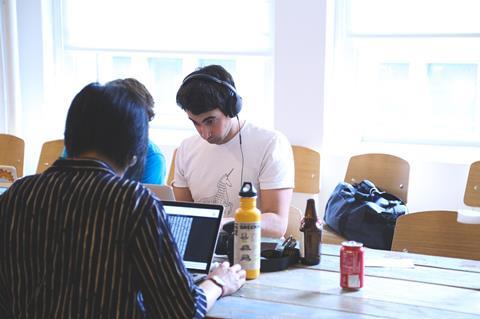
“Are we facing into the end of impulse?” asks Callum Saunders of brand activation agency Zeal Creative, which works with Nestlé on Kit Kat, Pringles and Kellogg’s. HFSS brands have long pursued additional displays in the supermarket, simply because “more displays equal more sales”, Saunders explains.
“We will certainly see an impact to categories hardest hit by HFSS, who will need to navigate significant immediate volume losses,” he adds.
With the opportunity to get products in the minds of consumers fast contracting, there are undoubtedly hard times ahead for marketing departments.
“Cuts to jobs and budgets are a distinct possibility for some advertisers who cannot adapt – as we have repeatedly pointed out to government,” says ISBA’s Smith. “Ministers are pursuing a worthy policy imperative, but at the cost of an economic hit to one of the sectors on which our recovery from the pandemic directly depends. Their ‘solution’ threatens to impact directly on brand revenues, with the inevitable contraction in budgets and jobs that may result.”
Brands can’t simply go dark, of course. Saunders says that “continued marketing investment is critical to remain salient and to win in this new landscape”.
Remodelling budgets
The restrictions aren’t can’t be dealt with a “simple case of reallocation”, though. “In theory, the ban means that many marketers will have a pot of money available to reinvest in other areas,” says Saunders.
“But with severe volume losses predicted in the short term, businesses need to remodel their entire marketing budgets.”
That point is echoed by Lynne Deason, head of creative excellence at Kantar. “Brands may need to reshape their spend, but investing in marketing will remain essential.”
So what can brands do? Despite the doomsaying, many in the sector have a glass-half-full attitude.
“It’s important to remember that brands aren’t out of advertising options. Changes like this can be a good thing, forcing us to think differently, and brands have to get creative with their spending,” says Deason. “Ultimately, they still need to encourage people to choose them over competitors.”
Some businesses with wide portfolios will be able to get around the rules by shifting their spend “towards those that aren’t included within the scope of the legislation,” Deason adds. Some have already done so: last month Weetabix announced it was throwing £2.5m behind its non-HFSS new cereal brand, Melts.
“In theory, the ban means that many marketers will have a pot of money available to reinvest in other areas”
For those that don’t have that option – for example, confectioners will find it tricky to dodge an HFSS definition – the restrictions could spark greater creativity. The winners will be those “willing to experiment and take considered risks” Deason believes.
Jenna Russell, senior strategist at ad agency Elvis, says some will “prioritise owned channels and first-party data strategies”. That could be “the difference between life or death”, argues Russell, whose agency works with Cadbury, Walkers, Birds Eye, Kellogg’s, Doritos, Dairylea and Quaker.
“This is a pivotal moment for brands to evolve or risk being left in the wake of competitors,” she adds. “Adopting a people-first approach as consumers yearn to make up for lost time will enable brands to drive increased value, as will innovative and meaningful experiential and sampling moments. Activity that generates opportunities for in real life conversation, rather than just in digital spaces, is a great way for brands to stay salient in a post-HFSS world.”
Five ad ban workarounds for HFSS brands
Hit the (digital) airwaves

The impact and levels of child exposure to HFSS advertising on audio-only media remains unclear. So, for now at least, podcasts and streamed internet radio stations are ripe for running ads. Broadcast radio too is out of scope, with no specific ban in the BCAP code. The channel has potential. According to IRI, radio accounts for only 1% of HFSS brand advertising spend. The Advertising Association found radio advertising revenue fell 12.6% in 2020.

Brand, not product, ads
Within the new rules, masterbrand ads are allowed. But they are “not a get out of jail free card,” says IRI’s Carl Carter. Research by IRI found ads featuring a product frequently drove 12% more sales than ads that showed it only in the final frame. That said, IRI found ads with prominent logos and colours drove 23% more value to the brand portfolio – in what Carter brands “a halo effect”. Indeed, he says, some of the most successful ads “barely feature” a product at all.
Own it
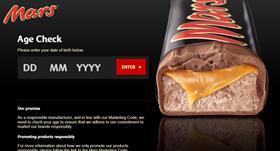
Ofcom has found that children aged 12 to 15 now spend more time online than watching broadcast TV. That’s why the government is including online advertising in its policy, which covers banner ads, paid-for social media, influencer marketing and search listings. However, ‘organic’ social posts are not covered. Nor are brand-owned websites and social pages – “so there are opportunities,” says the IAB’s Christie Dennehy-Neil.

Challengers’ time to shine
The restrictions are a boon for challenger brands with HFSS products, given companies with fewer than 250 employees are exempt from both the online ban and TV watershed. If unable to leverage their brand recognition, they’d be “less able to compete” with larger brands, the government says, and are still in a post-pandemic “recovery phase”. The British Takeaway Campaign, which lobbied for the exemption, said small businesses will “breathe a sigh of relief”.
Go outside

According to IRI, just under a quarter (23%) of the advertising spend by HFSS brands goes on out of home. When it comes to OOH ads, the audience is considered by regulators like the ASA to be the general population – ie not more than 25% under 16. HFSS OOH ads are not covered by the new rules, with Outsmart (the trade association for the out-of-home industry) self-regulating the display of HFSS ads within 100m of schools.
To counter shop floor restrictions, marketing to consumers before they leave the house may become even more important. “Brands now need to shift from this outgoing focus on physical availability, to an intensified need to win through mental availability. Brand salience and ‘getting on to the shopping list’ will become critical metrics, as we move towards a strategy of pre-shop consideration and in-fixture conversion,” Saunders says.
“The truth is that all brands within a certain category will now be on a level playing field: ‘impulse’ will now be something that takes place in aisle, in category, as brands seek to win shoppers’ minds and spend in permissible spaces,” he adds.
Possibilities include “branded shops in shops”, or “mission-based feature spaces” as well as “door drops, coupons and on-pack promotions” Saunders suggests. In store, Kantar’s Deason expects “a greater focus on the product itself, including how it’s packaged and promoted, with more use of experiential elements”.
It’s interesting to note that, despite the disruption they will cause, the slight majority of chief marketing officers actually welcome the new restrictions. A survey by the Chartered Institute of Marketing in June this year found 58% of CMOs backed restrictions for products aimed at children, and 54% for unhealthy HFSS foods.
“It brings certainty and allows them to plan,” says CIM CEO Chris Daly. “Creative minds can handle a tough challenge. New advertising campaigns and tactics will emerge in the coming months, and I have no doubt that marketers will step up to the mark and continue to influence consumer behaviour for the better.”
So it’s not necessarily dark days ahead but rather, as Saunders says: “a time for reinvention and innovation”.








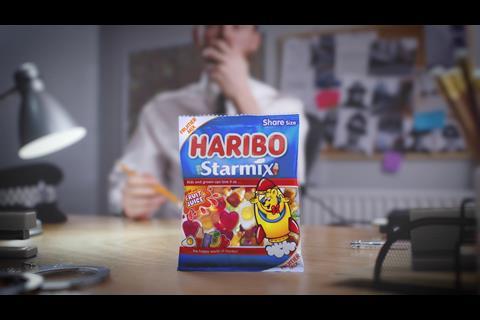

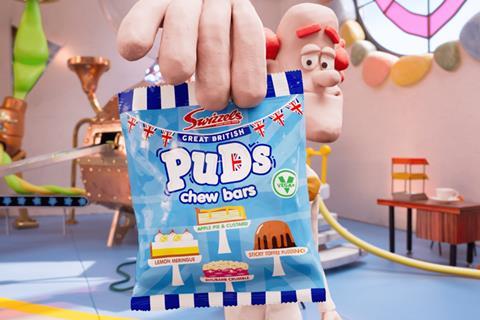
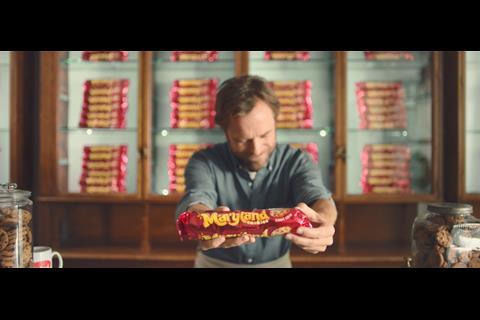
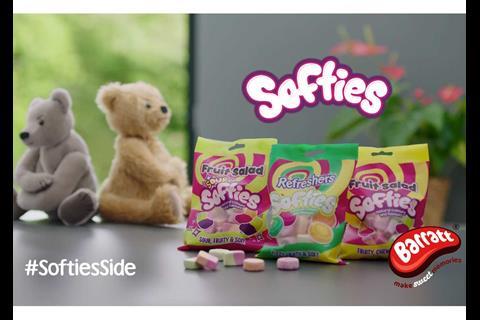

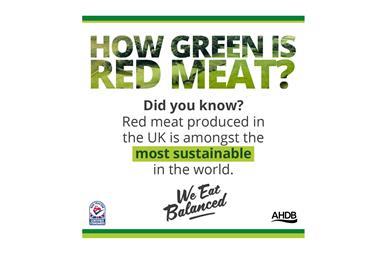










No comments yet